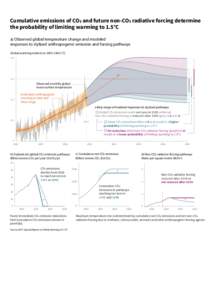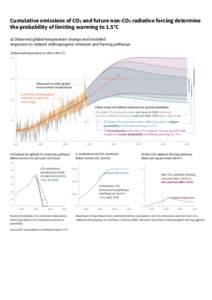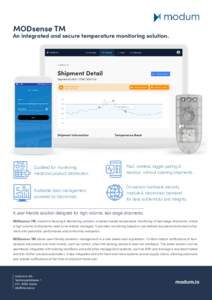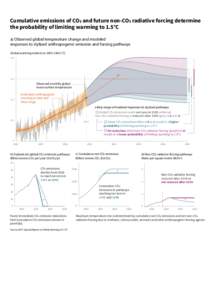 Date: 2015-02-28 14:27:21Physical quantities Thermodynamics State functions Heat transfer Temperature Vapor pressure Heat capacity Vapour Pressure Deficit Chemistry Physics Chemical engineering | |  Impact of extreme meteorological events on crop yield: a common framework approach Francisco J. Villalobos1, José Paulo de Melo e Abreu2, Luca Testi3 and Gianni Bellocchi4 1Department of Agronomy, University Cordoba (U Impact of extreme meteorological events on crop yield: a common framework approach Francisco J. Villalobos1, José Paulo de Melo e Abreu2, Luca Testi3 and Gianni Bellocchi4 1Department of Agronomy, University Cordoba (U
Add to Reading ListSource URL: modextreme.orgDownload Document from Source Website File Size: 497,23 KBShare Document on Facebook
|

 Impact of extreme meteorological events on crop yield: a common framework approach Francisco J. Villalobos1, José Paulo de Melo e Abreu2, Luca Testi3 and Gianni Bellocchi4 1Department of Agronomy, University Cordoba (U
Impact of extreme meteorological events on crop yield: a common framework approach Francisco J. Villalobos1, José Paulo de Melo e Abreu2, Luca Testi3 and Gianni Bellocchi4 1Department of Agronomy, University Cordoba (U


